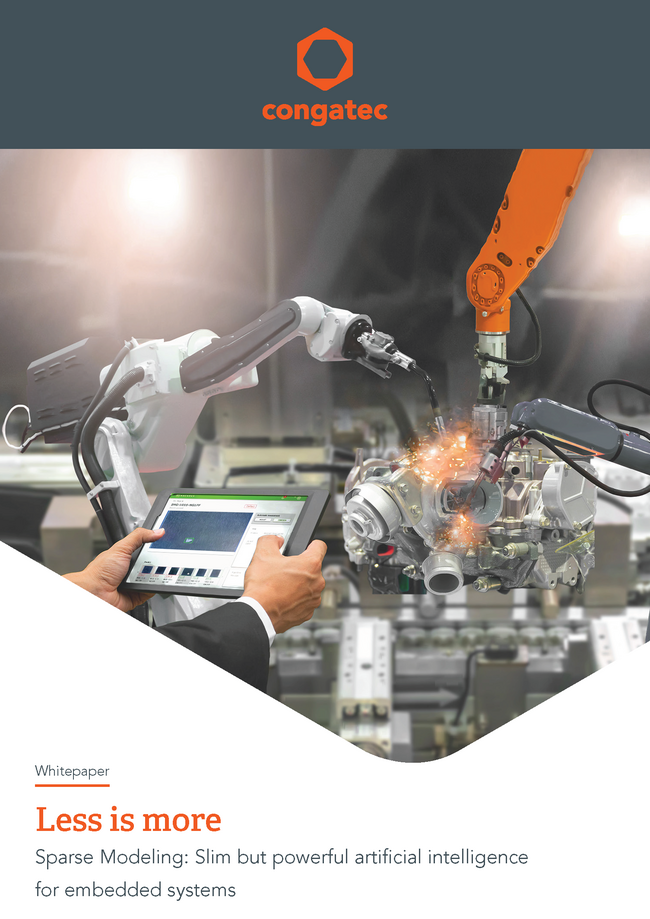Sparse Modeling: Slim but powerful artificial intelligence for embedded systems
Less is more
The problem at the factory floor is that conditions are constantly changing. This is challenging for inspection systems. They are prone to false positives. They also produce errors when re-calibrating to new environments and conditions. As a consequence, human inspectors are always required. But these resources are rare and the manual inspection of flagged defects wastes both time and money. That’s why inspection system engineers are thinking about the implementation of artificial intelligence (AI). But AI is not a panacea as it requires massive training data. However, such data are rarely available, as quality production is not programmed to produce massive quantities of faulty parts to teach AI systems. To make matters worse, the computing power required to train AI cannot be hosted at each inspection system. Sparse Modeling, an AI approach that has recently evolved from the academic space and is making its way into the business world, can solve this problem. This new kind of AI needs only a small data set. As a result, both training and inference algorithm execution tasks can be performed even on ultra-low power embedded computing platforms. Test kits are already available, ready to run stand alone or as an add-on to existing vision systems to analyze pictures identified as ‘not good’.
Learn more about Sparse Modeling and AI for embedded systems - download the whitepaper


